#Rachel Carson
Quote
Have we fallen into a mesmerized state that makes us accept as inevitable that which is inferior or detrimental, as though having lost the will or the vision to demand that which is good?
Rachel Carson, Silent Spring
#necessity#possibility#change#progress#time#values#meaning#humanity#quotes#Carson#Rachel Carson#Silent Spring
178 notes
·
View notes
Text

Rachel Carson (deceased)
Gender: Female
Sexuality: Lesbian
DOB: 27 May 1907
RIP: 14 April 1964
Ethnicity: White - American
Occupation: Writer, marine biologist, conservationist
Note 1: Her book Silent Spring and other writings are credited with advancing the global environmental movement.
Note 2: Had a relationship with Dorothy Freeman, which was conducted mainly through letters and during summers spent together in Maine. Over 12 years, they exchanged around 900 letters.
#Rachel Carson#lgbt history#lgbt#lgbtq#wlw#Lesbian Visibility Week#female#lesbian#1907#rip#historical#white#writer#biologist#scientist#conservationist#activist#popular#popular post
117 notes
·
View notes
Text
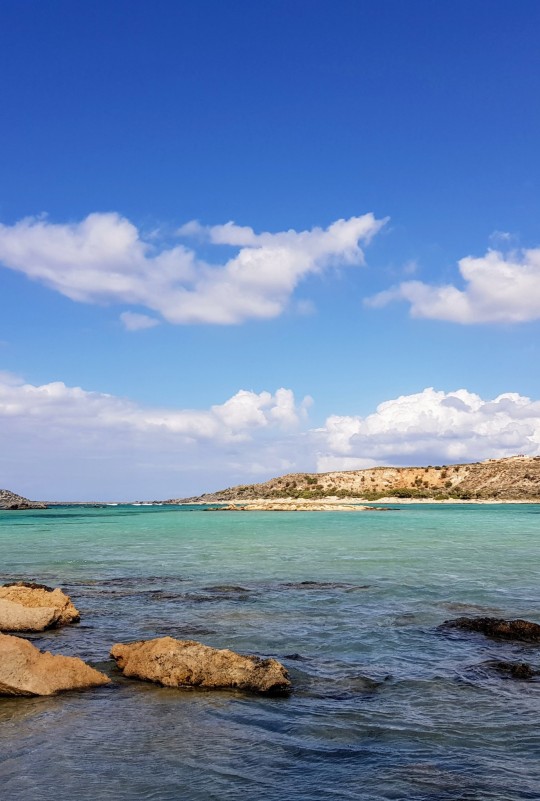
To stand at the edge of the sea, to sense the ebb and flow of the tides, to feel the breath of a mist moving over a great salt marsh, to watch the flight of shore birds that have swept up and down the surf lines of the continents for untold thousands of years, to see the running of the old eels and the young shad to the sea, is to have knowledge of things that are as nearly eternal as any earthly life can be.
-- Rachel Carson
(Greece)
231 notes
·
View notes
Text


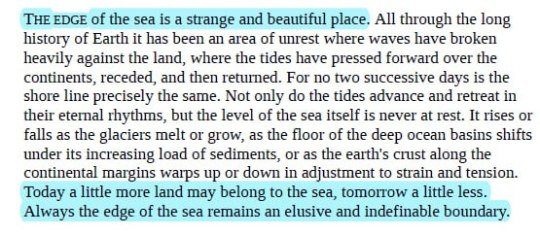
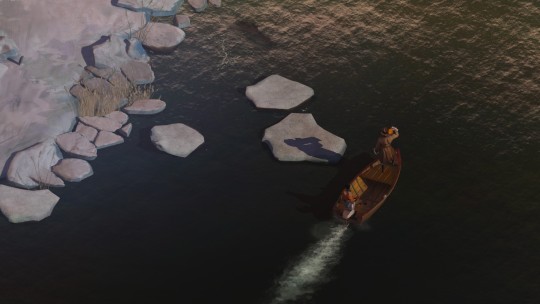
disco elysium, zaum studio ; scientific method, james tadd adcox ; the edge of the sea, rachel carson
#disco elysium#parallels#rachel carson#james tadd adcox#on the sea#web weaving#could be considered as such?idk#logs
713 notes
·
View notes
Text
"If there is poetry in my book about the sea, it is not because I deliberately put it there, but because no one could write truthfully about the sea and leave out the poetry.”
—Rachel Carson
282 notes
·
View notes
Text
Those who contemplate the beauty of the earth find reserves of strength that will endure as long as life lasts. There is symbolic as well as actual beauty in the migration of the birds, the ebb and flow of the tides, the folded bud ready for the spring. There is something infinitely healing in the repeated refrains of nature … the assurance that dawn comes after night, and spring after the winter.
Rachel Carson

art by Vanni Mangoni
179 notes
·
View notes
Text
In nature, nothing exists alone.
Rachel Carson, Silent Spring (1962)
74 notes
·
View notes
Text
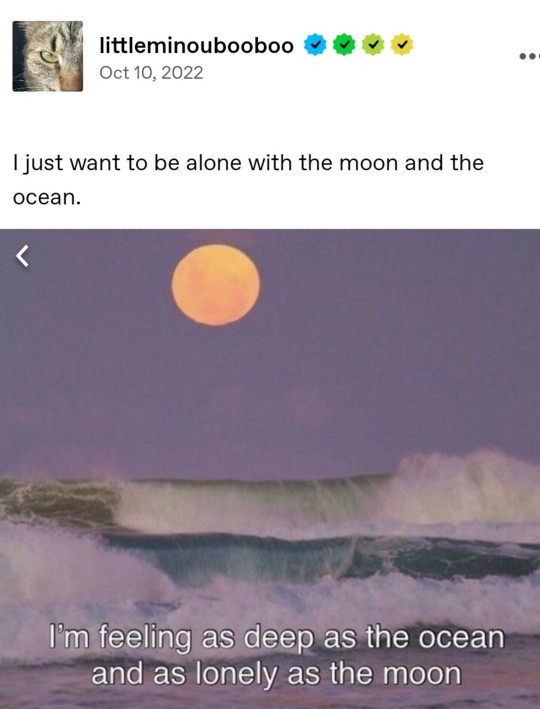



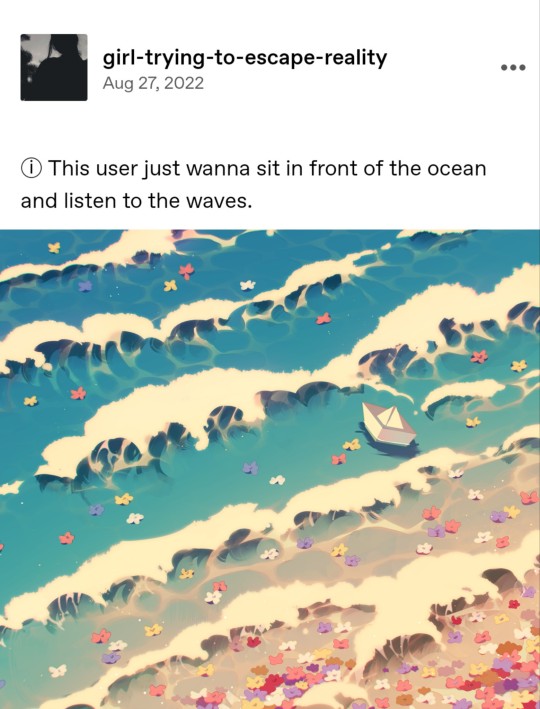





@littleminoubooboo’s post || @sulfatto’s post || @ashstfu’s post || @luvbey || Mahmoud Darwish || Photo || Mary Lambert || @deadshrike’s post || @girl-trying-to-escape-reality’s post || @tofublock’s art || Rachel Carson || @darkearthsuggestions’s post || Louise Kaufmann || @inferior’s post || @larvamotif’s post || Mary Oliver
#web weaving#quotes#art#mahmoud darwish#mary lambert#rachel carson#louise kaufmann#mary oliver#op#100+ notes
383 notes
·
View notes
Text
Happy International Women’s Day! To my ladies in SCIENCE 🧪 🧬🔬🔭🧫🦍🐒🌿🌳🍄🚀🛰️

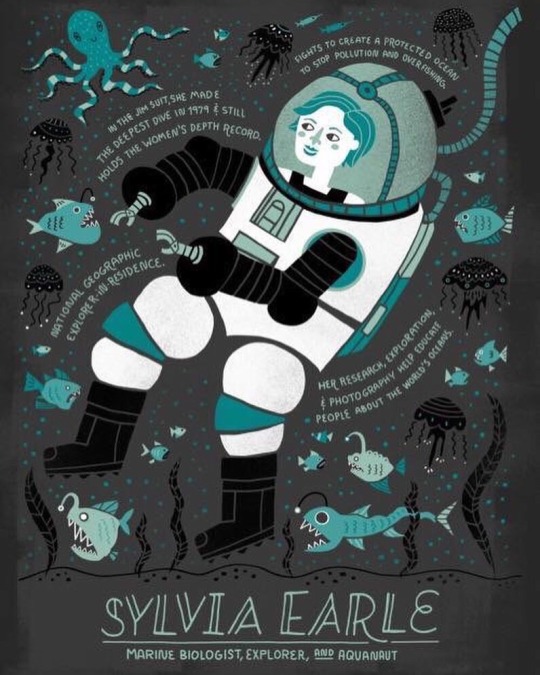
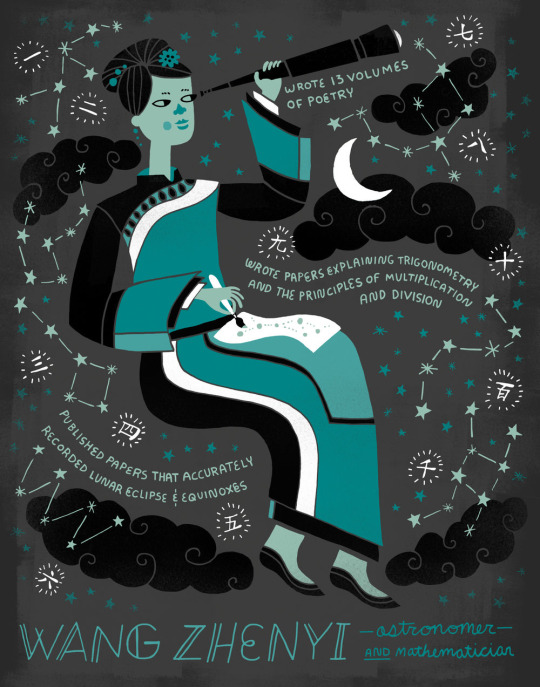







Women in Science: 50 Fearless Pioneers Who Changed the World
#international women's day#jane goodall#madame curie#Sylvia Earle#katherine johnson#rachel carson#women in science#happy international women's day#women’s day#women’s history month#international womens day#womens day#marie curie#women empowerment#science#the female gaze#rosalind franklin#wang zhenyi#hypatia#valentina tereshkova#iwd#Barbra McClintock#iwd2023#iwd23
230 notes
·
View notes
Quote
There is symbolic as well as actual beauty in the migration of the birds, the ebb and flow of the tides, the folded bud ready for the spring. There is something infinitely healing in the repeated refrains of nature - the assurance that dawn comes after night, and spring after the winter.
Rachel Carson
148 notes
·
View notes
Text
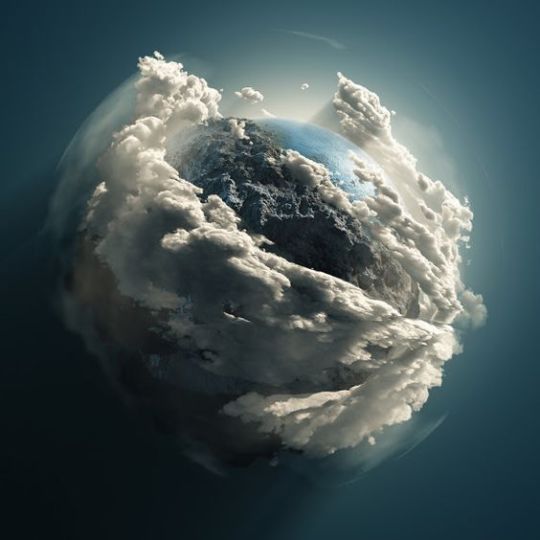
LETTERS FROM AN AMERICAN
April 21, 2024
HEATHER COX RICHARDSON
APR 22, 2024
During her confirmation hearings in 2021, Interior Department secretary Deb Haaland promised “to responsibly manage our natural resources to protect them for future generations—so that we can continue to work, live, hunt, fish, and pray among them.” Noting her Indigenous heritage, Haaland tweeted, “A voice like mine has never been a Cabinet secretary or at the head of the Department of Interior…. I’ll be fierce for all of us, our planet, and all of our protected land.”
Her approach was a shift from the practice the Interior Department had established at the beginning of the twentieth century when it began to prioritize mineral, oil, and gas development, as well as livestock grazing, on U.S. public lands. But the devastating effects of climate change have brought those old priorities into question.
Republicans, especially those from states like Wyoming, which collects more than a billion dollars a year in royalties and taxes from the oil, gas, and coal produced on federal lands in the state, opposed Haaland’s focus on responsible management of natural resources for the future and warned that the Biden administration is “taking a sledgehammer to Western states’ economies.”
On Thursday, April 18, the Interior Department finalized a new rule for a balanced management of America’s public lands. Put together after a public hearing period that saw more than 200,000 comments from states, individuals, Tribal and local governments, industry groups, and advocacy organizations, the new rule prioritizes the health of the lands and waters the Interior Department’s Bureau of Land Management oversees. Those consist of about 245 million acres, primarily in 12 western states.
The new rule calls for protection of the land, restoration of the places that have been harmed in the past, and a promise to make informed decisions about future use based on “science, data, and Indigenous knowledge.” It “recognizes conservation as an essential component of public lands management, on equal footing with other multiple uses of these lands.” The Bureau of Land Management will now auction off leases not only for drilling, but also for conservation and restoration.
Western state leaders oppose the Biden administration’s efforts to change the Interior Department’s past practices, calling them “colonial forces of national environmental groups who are pushing an agenda” onto states like Wyoming.
The timing of the Interior Department’s new rule can’t help but call attention to Earth Day, celebrated tomorrow, on April 22. Earth Day is no novel proposition. Americans celebrated it for the first time in 1970. Nor was it a partisan idea in that year: Republican president Richard M. Nixon established it as Americans recognized a crisis that transcended partisanship and came together to fix it.
The spark for the first Earth Day was the 1962 publication of marine biologist Rachel Carson’s Silent Spring, which showed the devastating effects of people on nature by documenting the effect of modern pesticides on the natural world. Her exposé of how the popular pesticide DDT was poisoning the food chain in American waters illuminated the dangerous overuse of chemicals and their effect on living organisms, and it caught readers’ attention. Carson’s book sold more than half a million copies in 24 countries.
Democratic president John F. Kennedy asked the President’s Science Advisory Committee to look into Carson’s argument, and the committee vindicated her. Before she died of breast cancer in 1964, Carson noted: "Man's attitude toward nature is today critically important simply because we have now acquired a fateful power to alter and destroy nature. But man is a part of nature, and his war against nature is inevitably a war against himself? [We are] challenged as mankind has never been challenged before to prove our maturity and our mastery, not of nature, but of ourselves."
As scientists organized the Environmental Defense Fund, Americans began to pay closer attention to human effects on the environment, especially after three crucial events. First, on December 24, 1968, astronaut William Anders took a color photograph of the Earth rising over the horizon of the moon from outer space during the Apollo 8 mission, powerfully illustrating the beauty and isolation of the globe on which we all live.
Then, over 10 days in January and February 1969, a massive oil spill off the coast of Santa Barbara, California, poured between 80,000 and 100,000 barrels of oil into the Pacific, fouling 35 miles of California beaches and killing seabirds, dolphins, sea lions, and elephant seals. Public outrage ran so high that President Nixon went to Santa Barbara in March to see the cleanup efforts, telling the American public that “the Santa Barbara incident has frankly touched the conscience of the American people.”
And then, in June 1969, the chemical contaminants that had been dumped into Cleveland’s Cuyahoga River caught fire. A dumping ground for local heavy industry, the river had actually burned more than ten times in the previous century, but with increased focus on environmental damage, this time the burning river garnered national attention.
In February 1970, President Nixon sent to Congress a special message “on environmental quality.” “[W]e…have too casually and too long abused our natural environment,” he wrote. “The time has come when we can wait no longer to repair the damage already done, and to establish new criteria to guide us in the future.”
“The tasks that need doing require money, resolve and ingenuity,” Nixon said, “and they are too big to be done by government alone. They call for fundamentally new philosophies of land, air and water use, for stricter regulation, for expanded government action, for greater citizen involvement, and for new programs to ensure that government, industry and individuals all are called on to do their share of the job and to pay their share of the cost.”
Meanwhile, Gaylord Nelson, a Democratic senator from Wisconsin, visited the Santa Barbara oil spill and hoped to turn the same sort of enthusiasm people were bringing to protests against the Vietnam War toward efforts to protect the environment. He announced a teach-in on college campuses, which soon grew into a wider movement across the country. Their “Earth Day,” held on April 22, 1970, brought more than 20 million Americans—10% of the total population of the country at the time—to call for the nation to address the damage caused by 150 years of unregulated industrial development. The movement included members of all political parties, rich Americans and their poorer neighbors, people who lived in the city and those in the country, labor leaders and their employers. It is still one of the largest protests in American history.
In July 1970, at the advice of a council convened to figure out how to consolidate government programs to combat pollution, Nixon proposed to Congress a new agency, the Environmental Protection Agency, which Congress created that December.
In honor of Earth Day 2024, Democratic president Joe Biden has called for carrying on the legacy of our predecessors “by building a greener, more sustainable planet and, with it, a healthier, more prosperous nation.”
In a statement, Biden noted that no one can any longer deny the impacts and staggering costs of climate change as the nation confronts historic floods, droughts, and hurricanes.
“Deforestation, nature loss, toxic chemicals, and plastic pollution also continue to threaten our air, lands, and waters, endangering our health, other species, and ecosystems,” he said. He noted the administration’s efforts to build a clean energy economy, providing well-paid union jobs as workers install solar panels, service wind turbines, cap old oil wells, manufacture electric vehicles, and so on, while also curbing air pollution from power plants and lead poisoning from old pipes, the burden of which historically has fallen on marginalized communities.
Biden noted that he brought the U.S. back into the Paris Climate Accord Trump pulled out of, is on track to conserve more lands and waters than any president before him, and has worked with the international community to slash methane emissions and restore lost forests.
And yet there is much more to be done, he said. He encouraged “all Americans to reflect on the need to protect our precious planet; to heed the call to combat our climate and biodiversity crises while growing the economy; and to keep working for a healthier, safer, more equitable future for all.”
Happy Earth Day 2024.
LETTERS FROM AN AMERICAN
HEATHER COX RICHARDSON
#Heather Cox Richardson#earth day#history#Letters From An American#Conservation#natural resources#Interior Department#Silent Spring#Rachel Carson
25 notes
·
View notes
Quote
Eventually man, too, found his way back to the sea. Standing on its shores, he must have looked out upon it with wonder and curiosity, compounded with an unconscious recognition of his lineage. He could not physically re-enter the ocean as the seals and whales had done. But over the centuries, with all the skill and ingenuity and reasoning powers of his mind, he has sought to explore and investigate even its most remote parts, so that he might re-enter it mentally and imaginatively.
Rachel Carson, The Sea Around Us
#imagination#memory#curiosity#creativity#nature#humanity#quotes#Carson#Rachel Carson#The Sea Around Us
304 notes
·
View notes
Text
M.C. Escher on Loneliness, Creativity, and How Rachel Carson [born #OTD] Inspired His Art, with a Side of Bach:
The above article mentions that Rachel Carson owned two signed prints by M.C. Escher; it's been noted elsewhere that one was Fish and Frogs (1949), but does anyone know what the second one was?
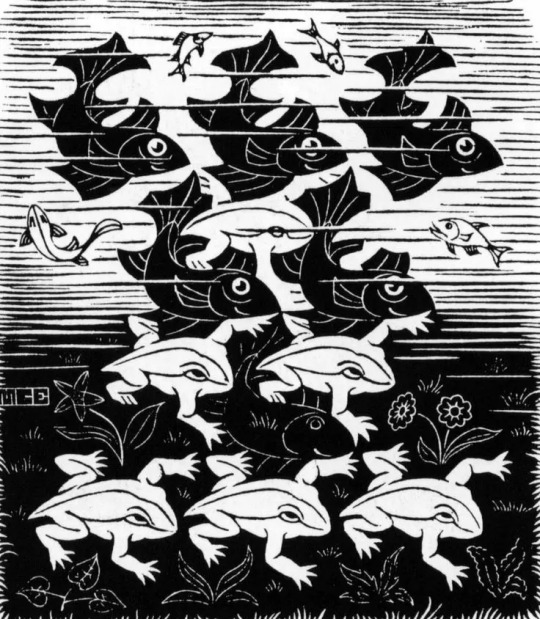
#Rachel Carson#M. C. Escher#The Marginalian#article link#modern art#20th century art#women in science#women in STEM#op art#OTD#birthday post#Fish#Frog#Fishes#Frogs#transformation art#tesselation
104 notes
·
View notes
Text
"Much of the necessary knowledge is now available but we do not use it. We train ecologists in our universities and even employ them in our governmental agencies but we seldom take their advice. We allow the chemical death rain to fall as though there were no alternative, whereas in fact there are many, and our ingenuity could soon discover many more if given opportunity.
Have we fallen into a mesmerized state that makes us accept as inevitable that which is inferior or detrimental, as though having lost the will or the vision to demand that which is good? Such thinking, in the words of the ecologist Paul Shepard, 'idealizes life with only its head out of water, inches above the limits of toleration of the corruption of its own environment... Why should we tolerate a diet of weak poisons, a home in insipid surroundings, a circle of acquaintances who are not quite our enemies, the noise of motors with just enough relief to prevent insanity? Who would want to live in a world which is just not quite fatal?'"
-Rachel Carson, Silent Spring, describing the ideals of solarpunk in literally 1962
487 notes
·
View notes
Photo
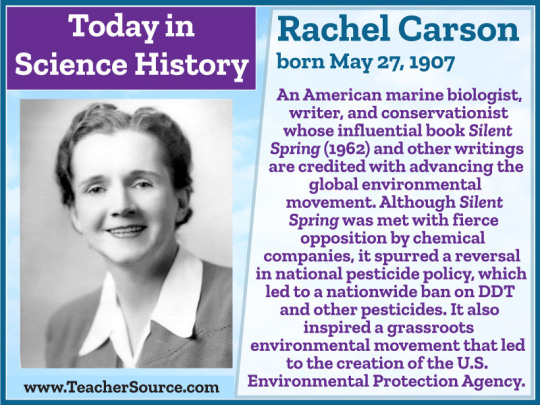
Rachel Carson was born on May 27, 1907. An American marine biologist, writer, and conservationist whose influential book Silent Spring (1962) and other writings are credited with advancing the global environmental movement. Although Silent Spring was met with fierce opposition by chemical companies, it spurred a reversal in national pesticide policy, which led to a nationwide ban on DDT and other pesticides. It also inspired a grassroots environmental movement that led to the creation of the U.S. Environmental Protection Agency.
#rachel carson#silent spring#environmentalists#environment#environmental protection#environmental protection agency#EPA#DDT#women in science#women in history#science#science history#science birthdays#on this day#on this day in science history
62 notes
·
View notes
Photo
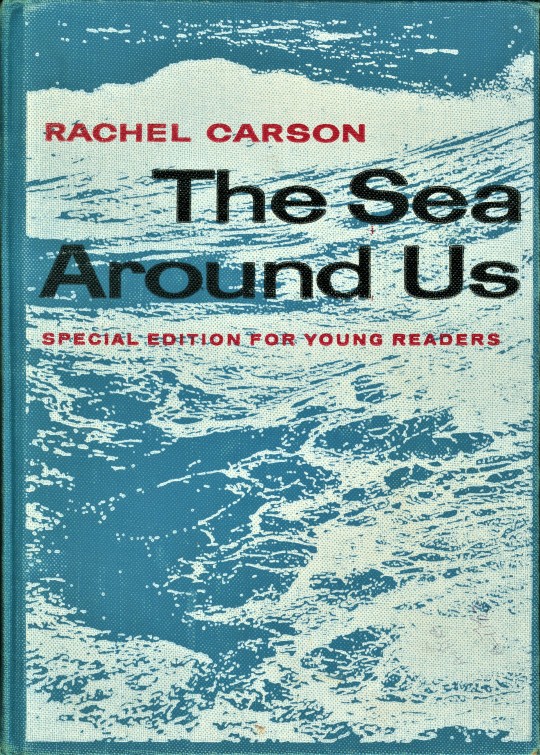
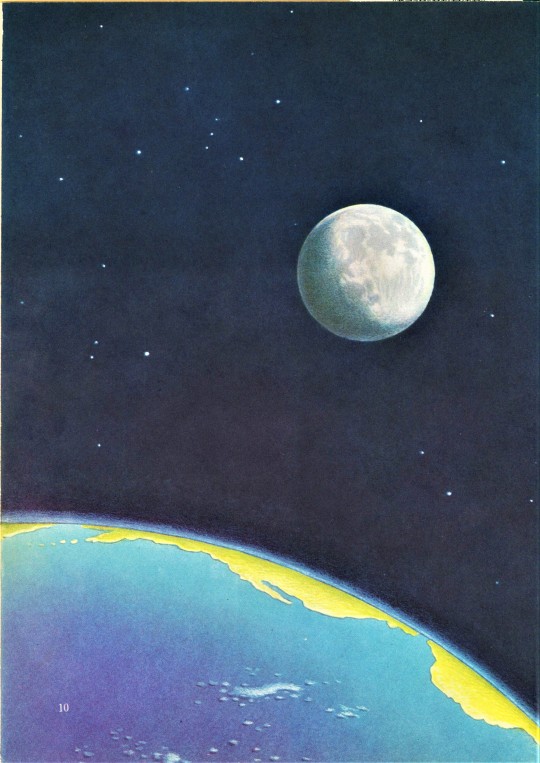
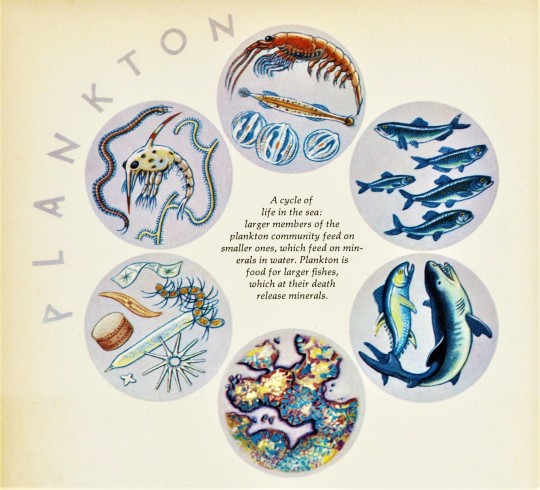
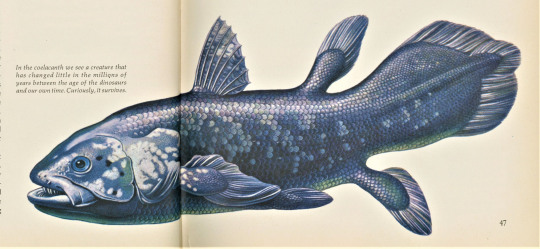

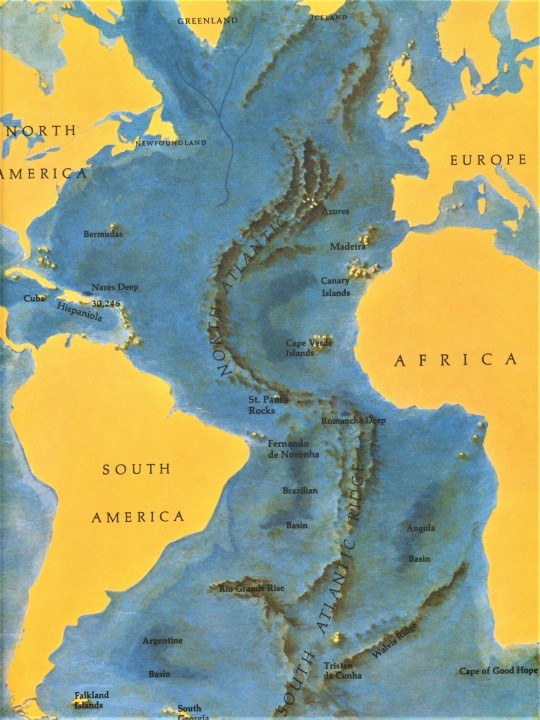

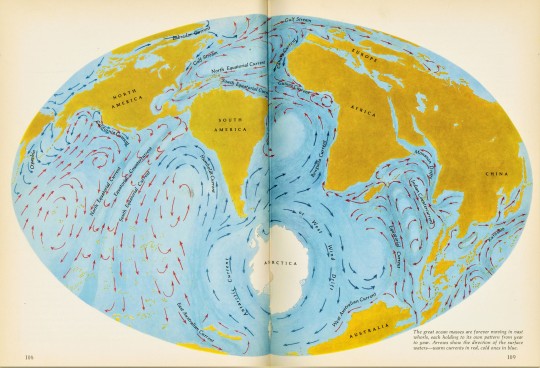
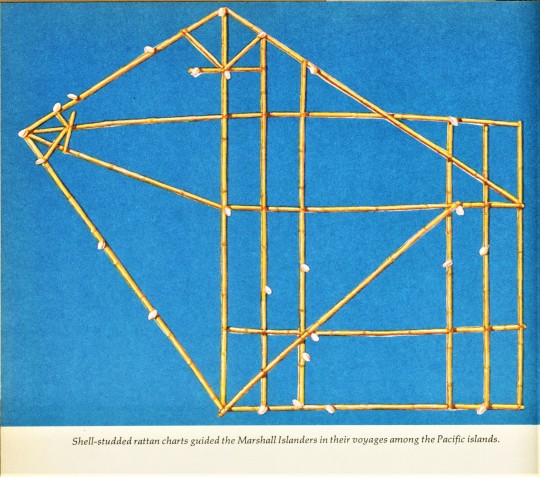
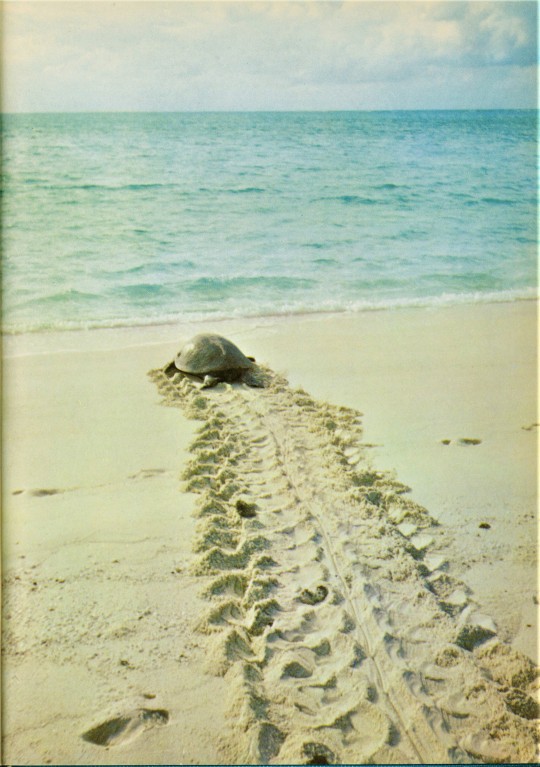
Science Saturday
RACHEL CARSON
In 1951 Oxford University Press published American marine biologist and conservationist Rachel Carson‘s critically-acclaimed book, The Sea Around Us. It became one of the most successful books ever written about the natural world. Rachel Carson's rare ability to combine scientific insight with moving, poetic prose catapulted her book to first place on The New York Times best-seller list, where it enjoyed wide attention for thirty-one consecutive weeks. It remained on the list for more than a year and a half and ultimately sold well over a million copies, was translated into 28 languages, inspired an Academy Award-winning documentary, and won both the 1952 National Book Award and the John Burroughs Medal.
In 1958, Simon and Schuster published this special edition for young readers, adapted by Russian Empire-born American writer Anne Terry White, with illustrations by Rene Martin and maps by Emil Lowenstein. It also includes an additional chapter by Jeffrey Levinton, a leading expert in marine ecology, who incorporates the most recent thinking on continental drift, coral reefs, the spread of the ocean floor, the deterioration of the oceans, mass extinction of sea life, and many other topics. In addition, noted nature writer Ann Zwinger contributed a brief foreword. The last photographic image shown here is by American science photographer Fritz Goro.
View our 2021 Earth Day post on Rachel Carson’s most influential book, Silent Spring.
View more Science Saturday posts
#Science Saturday#women's history month#science#oceanography#marine science#marine biology#marine ecology#Rachel Carson#women scientists#The Sea Around Us#Simon and Schuster#Anne Terry White#Rene Martin#Emil Lowenstein#Jeffrey Levinton#Ann Zwinger#Fritz Goro#children's books#Historical Curriculum Collection#New York Times best-seller
128 notes
·
View notes